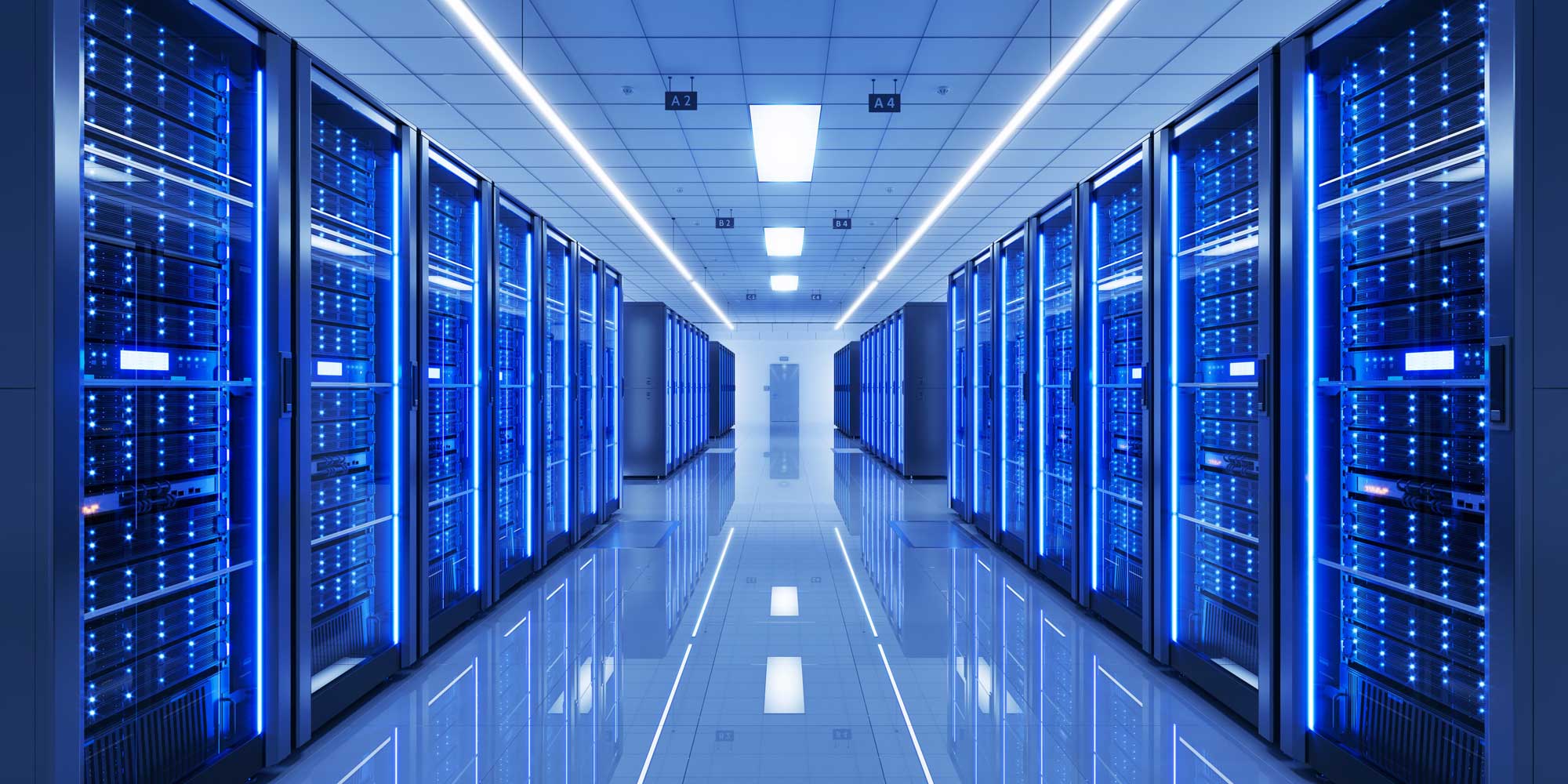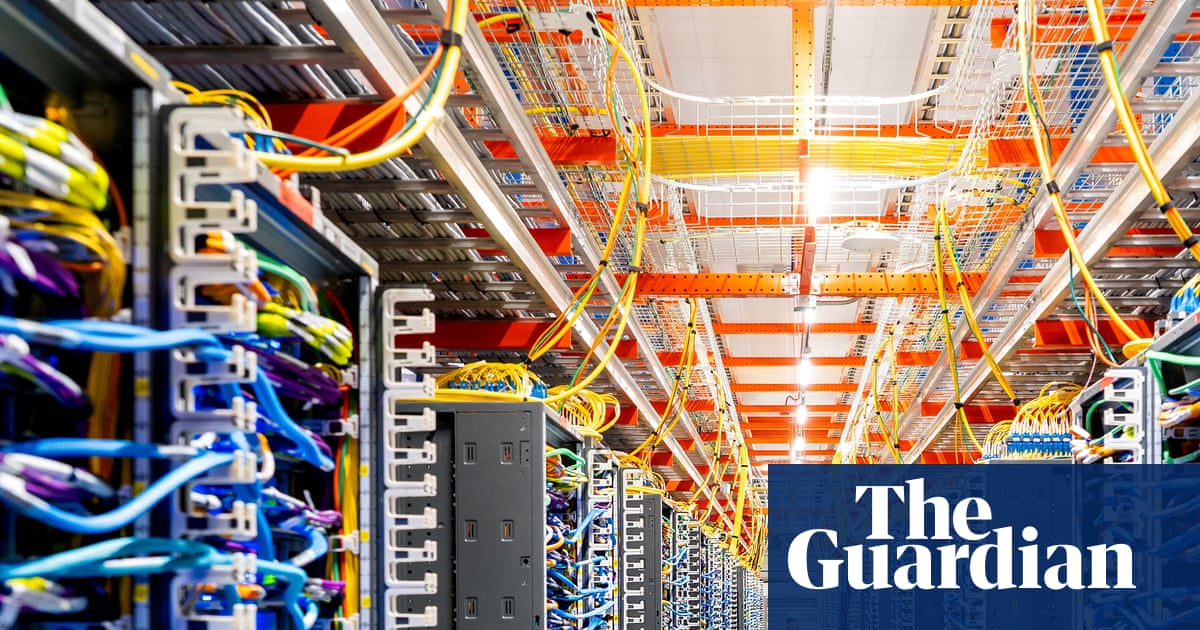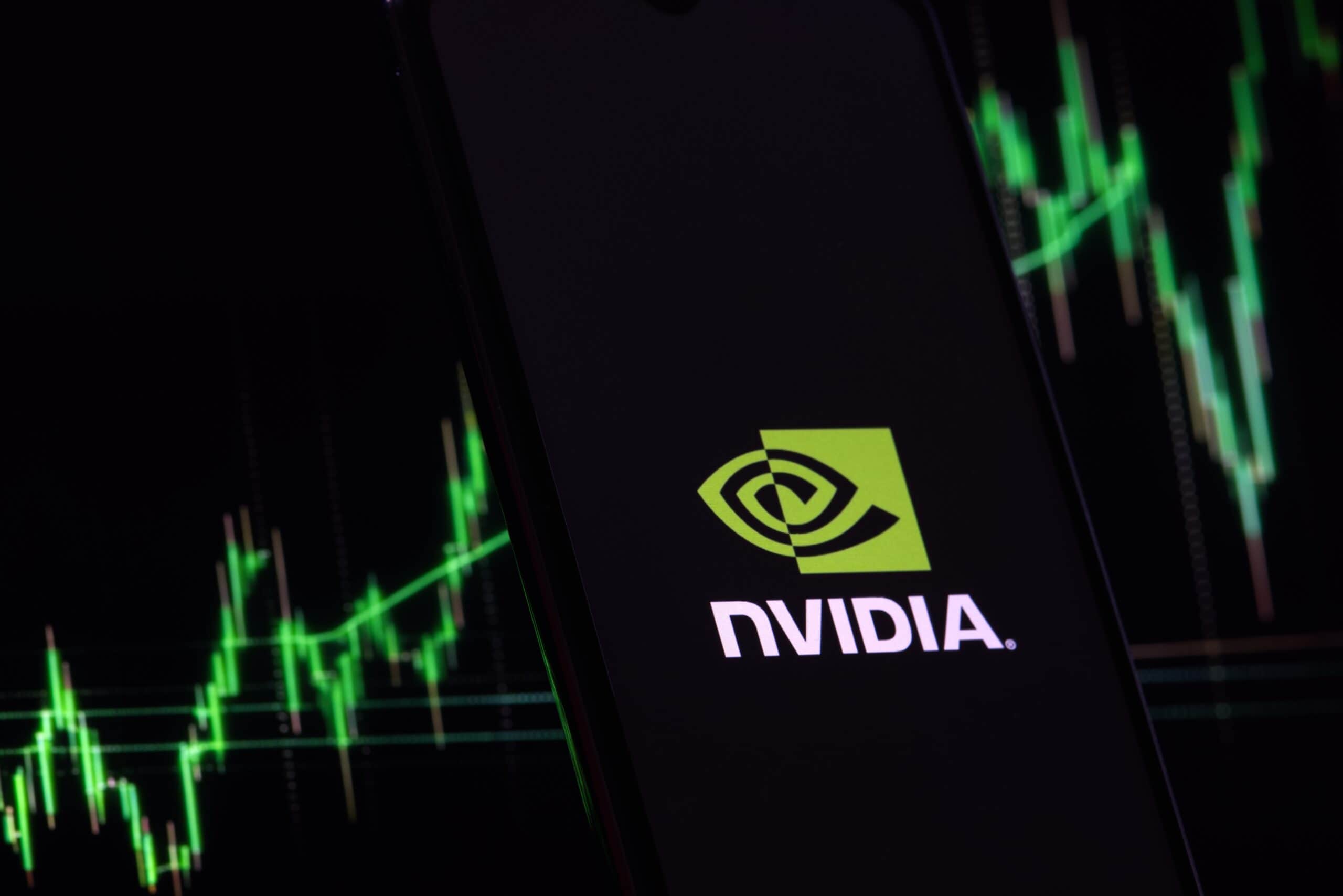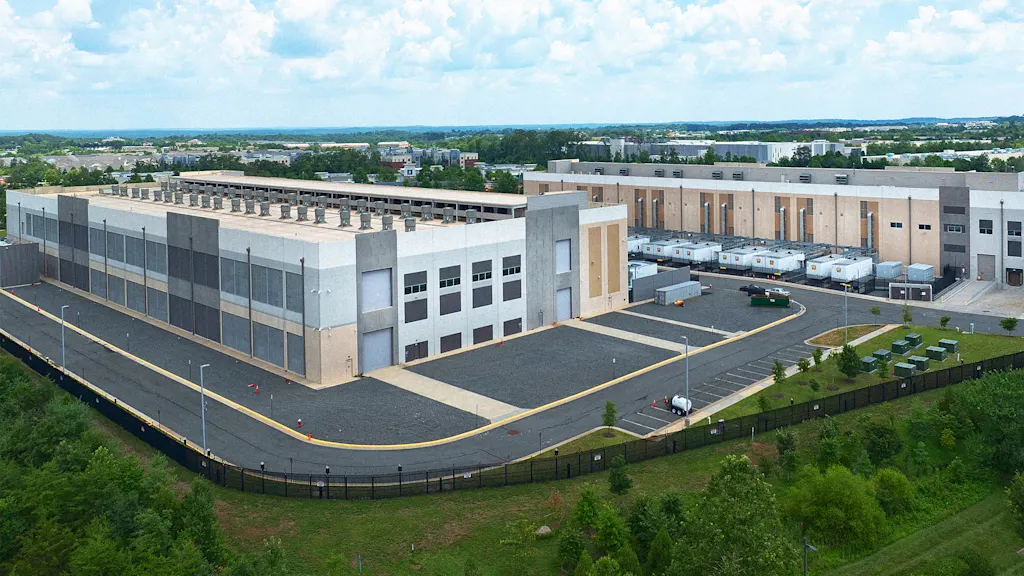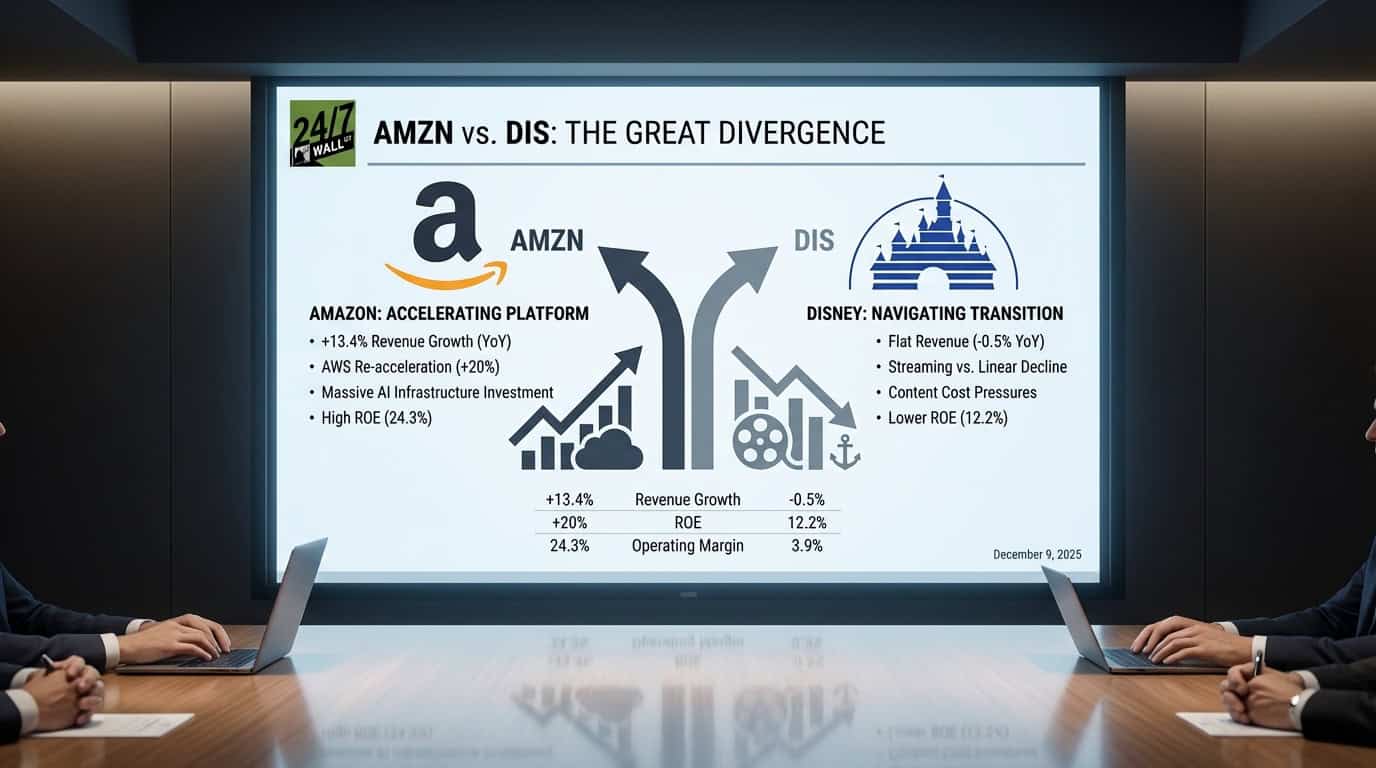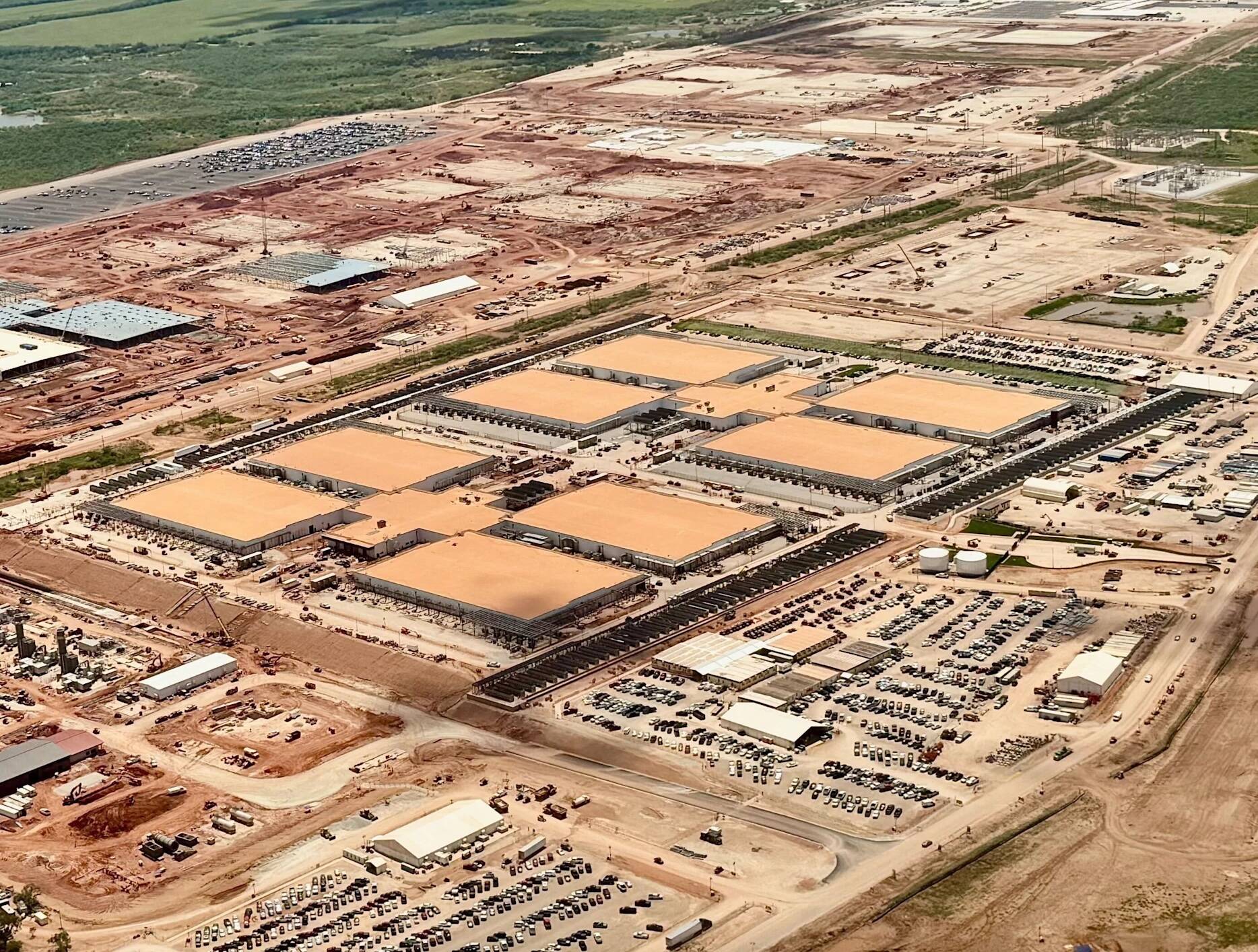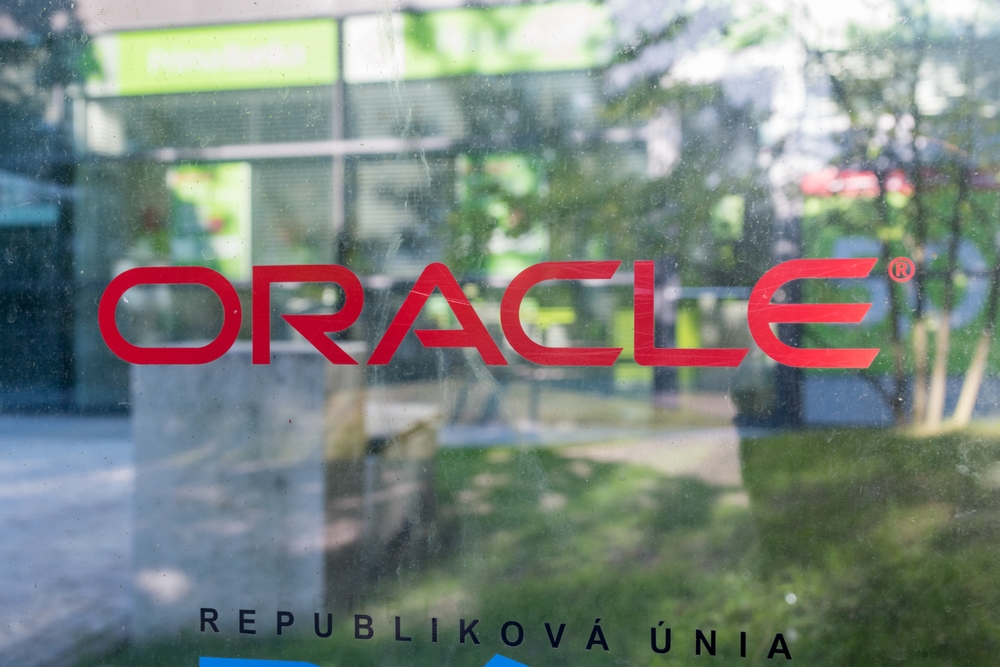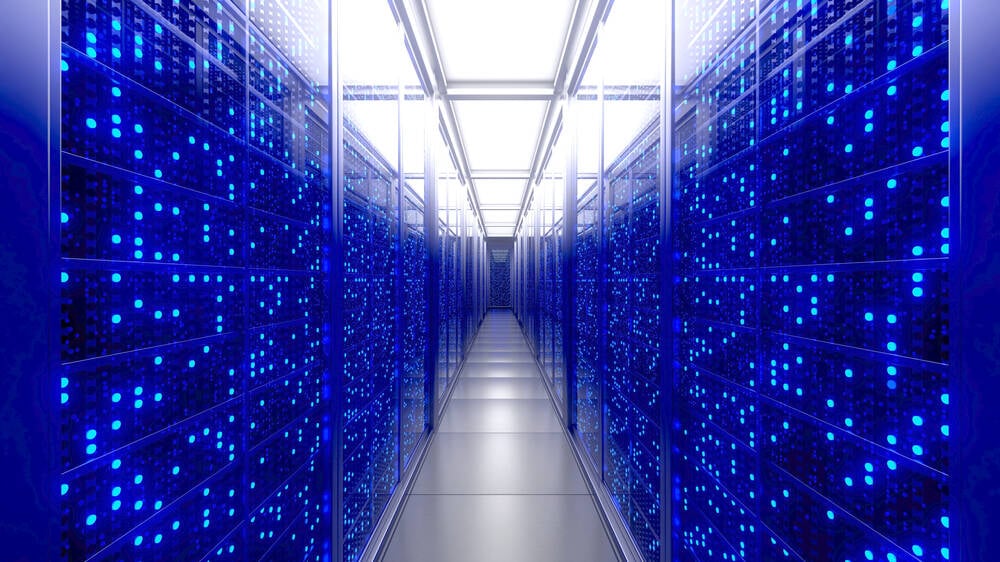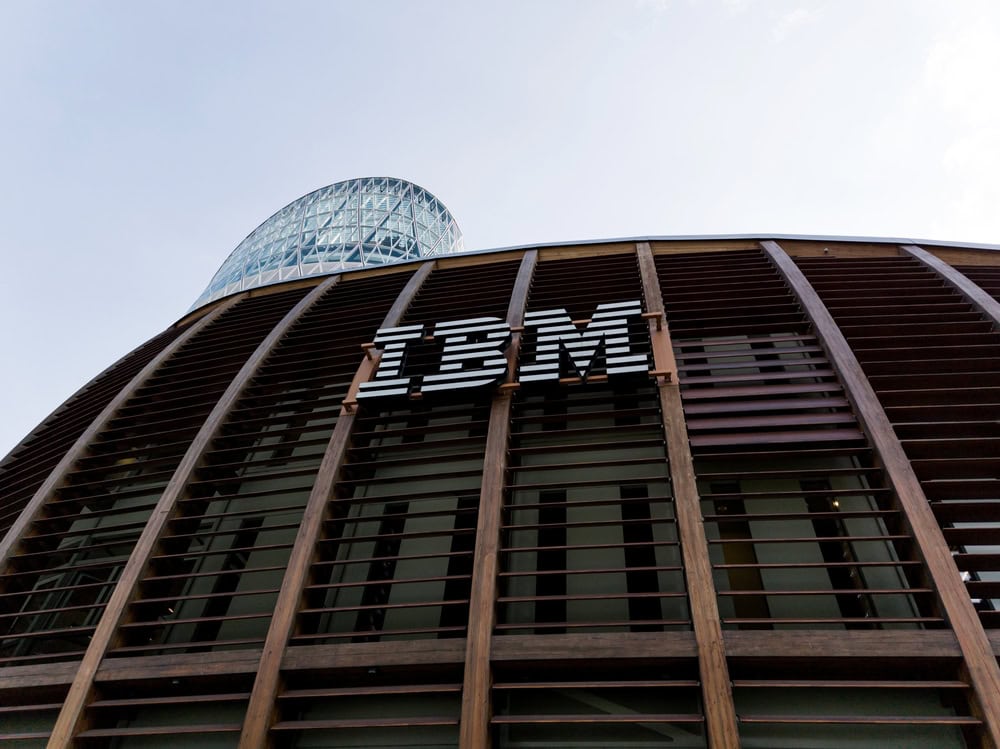from24/7 Wall St.
1 day agoRoundhill's AI ETF Rips 45% Higher As The AI Buildout Continues In 2026
The Roundhill Generative AI & Technology ETF ( NYSEARCA:CHAT) soared just over 45% in 2025, outpacing the S&P 500's 17% gain and the Nasdaq-100's 21% advance. The fund's 2026 performance trajectory depends on hyperscaler spending on AI infrastructure and the fund's concentrated exposure to companies building that infrastructure. Hyperscaler Capital Spending Is the Engine The biggest macro factor affecting CHAT's performance is capital expenditure by the world's largest cloud providers.
Business
